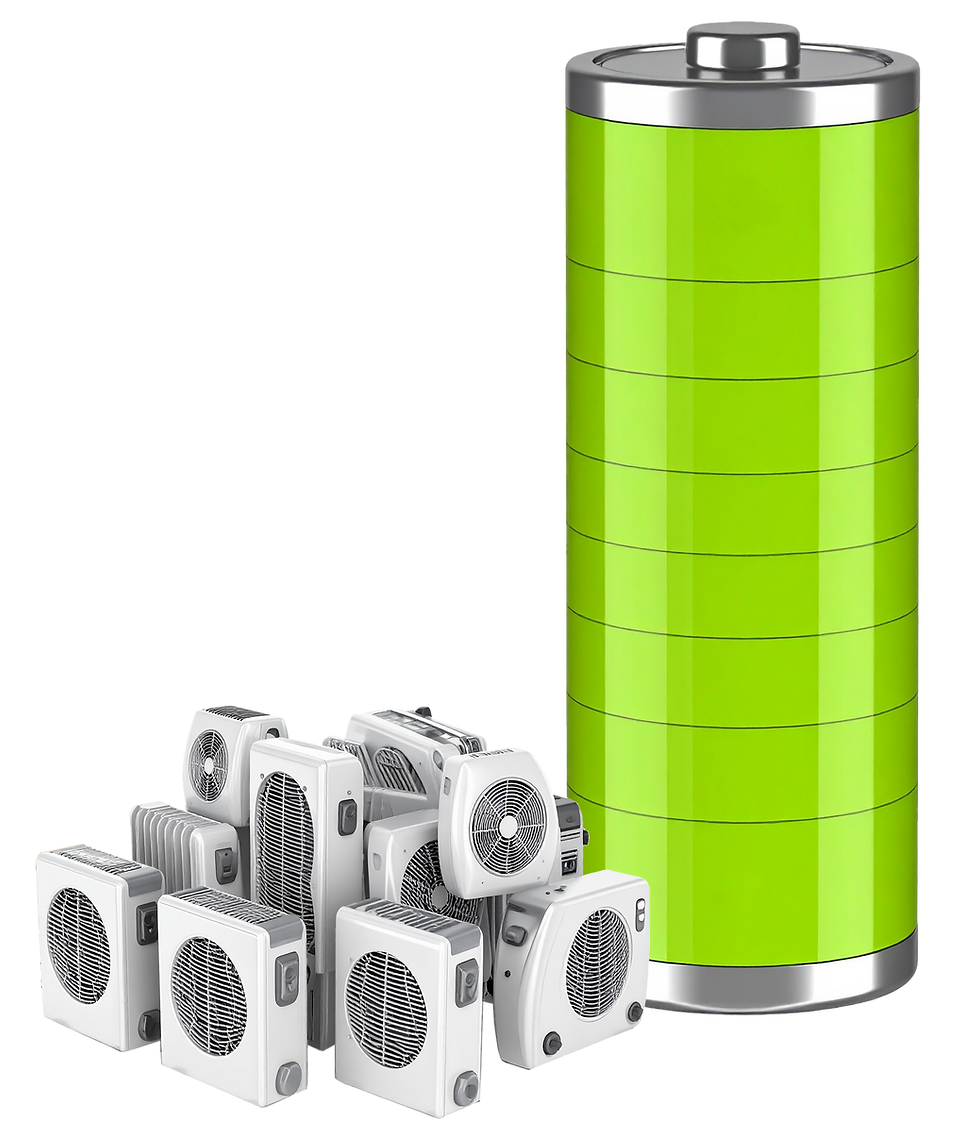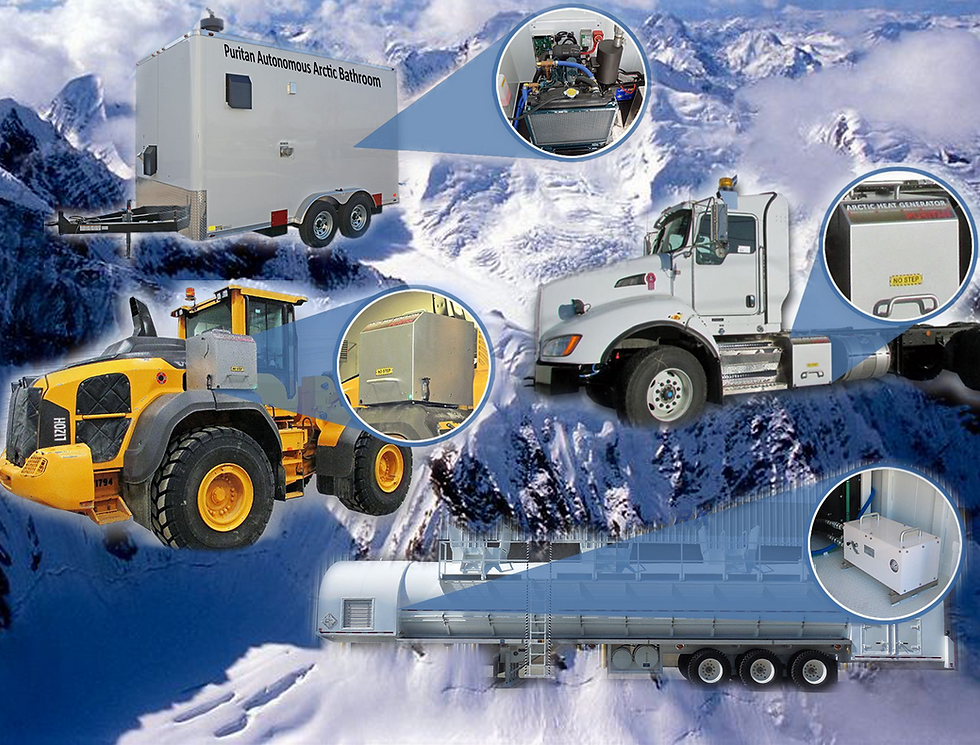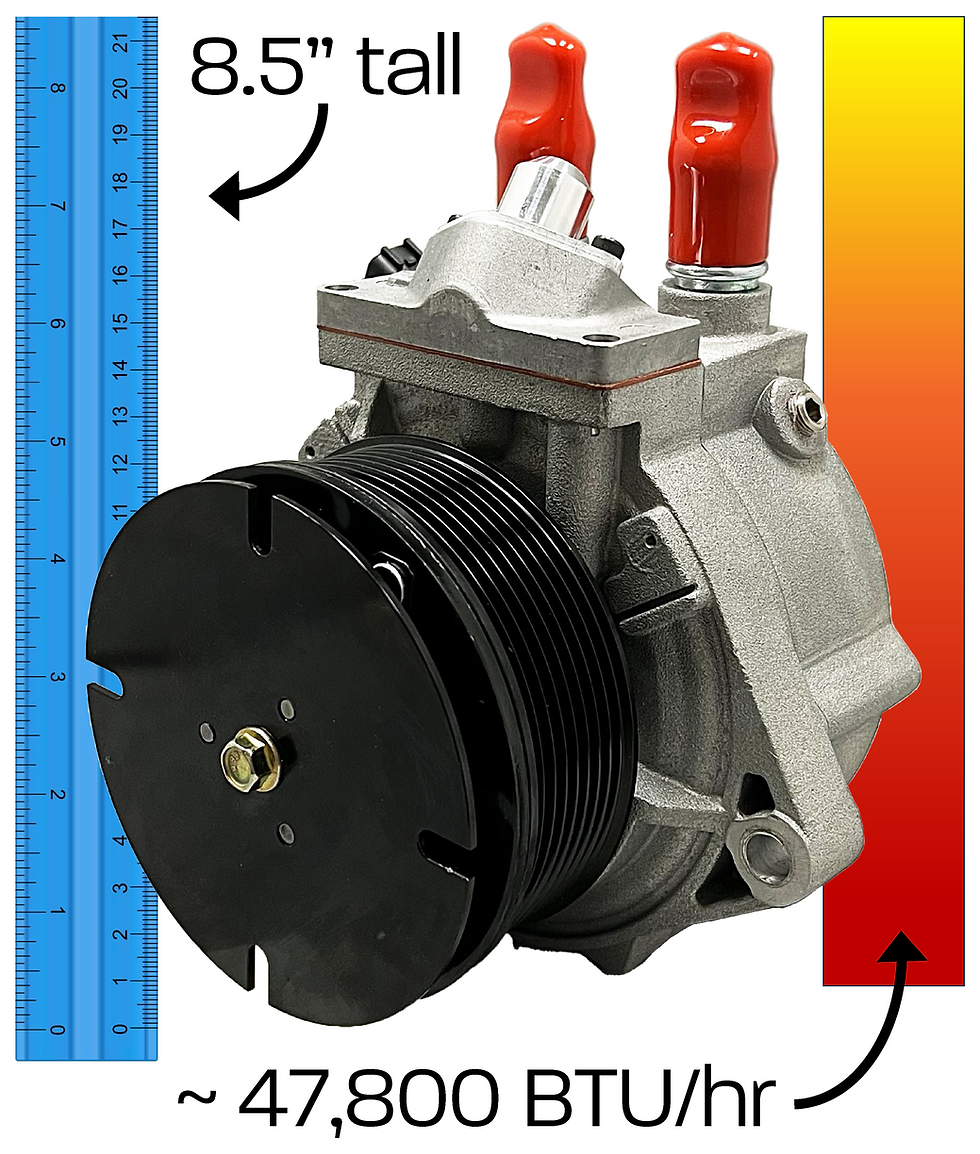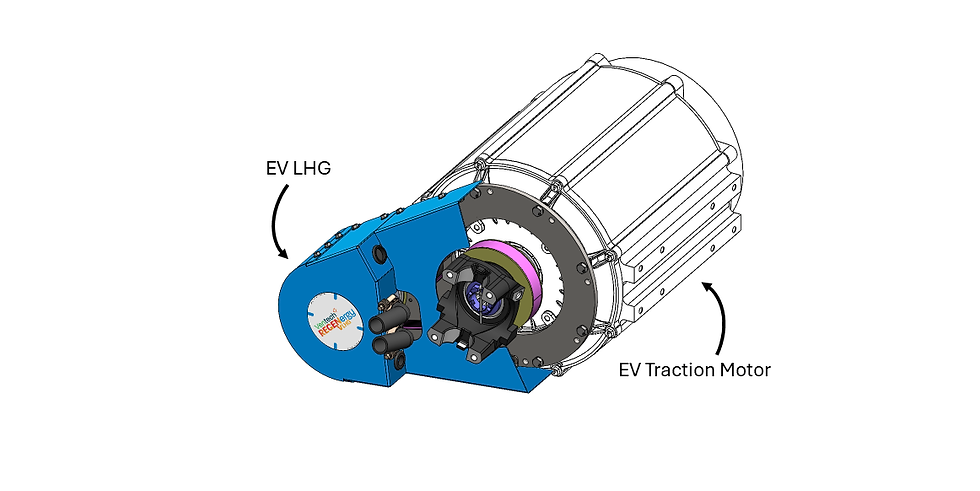The Electric Bus Heating Dilemma Part 2: A Practical Solution
- Jeremy Sanger
- Aug 22
- 3 min read
More, More, More

In Part One, “Understanding the Issues,” we discussed many of the challenges to heating EV buses in cold climates, finishing with a question: “Why not just add a bigger battery and more electric heaters?”
There is a quick and easy answer to this “why not…” question:
Adding more batteries and electric heaters is not practical because of weight, cost, and diminishing returns.
Batteries are expensive and heavy, wiring is expensive and heavy, electric heaters are expensive and heavy. All these additional batteries, wires, and heaters would require more maintenance, which is expensive. And all that additional weight means lower range and efficiency, which is expensive.
So, more batteries, more heaters, and more wiring to support them is not a practical solution because they would add purchase, operating, and maintenance costs.
Generating Heat Directly
We also learned in Part One that, according to a Cornell University analysis published on May 28, 2025, in The Cornell Chronicle, EV regenerative braking cannot recover as much energy in cold temperatures, making the recovery of kinetic energy (regenerative braking) less efficient the colder the ambient temperature gets.
Now, if there were a way to take the kinetic energy of a moving bus and convert it directly into supplemental heat … that is, rather than generating electricity through regenerative braking (and losing energy to inversion losses and limitations of the battery system in the cold), what if you take that kinetic energy use it to go directly to heat?
Can that be done?
Well ... YES.
That and more

For decades, the Ventech LHG (Liquid Heat Generator) has provided primary and supplemental heat in harsh, frigid climates—heat for construction and mining equipment, diesel generators, mobile arctic facilities, and diesel trucks and buses. Using rotational motion (kinetic energy) and through the wonders of fluid dynamics (toroidal vortices), the Ventech LHG is ~98% efficient at converting kinetic energy into heat.
The Ventech LHG is the time-tested, real-world technology that can take the kinetic energy of a real-world bus and turn it into real-world heat. Specifically stated: Adding a Ventech LHG to an EV Bus will convert the bus’s kinetic energy directly into usable heat.
The EV Bus Heating Solution

The Ventech REGENergy EV LHG adds motion-generated heat directly into the coolant/heating loop, which can then be used to support any of the bus’s heating demands.
Why an EV LHG makes sense:
Technical reasons
The EV LHG Kit installation is small & light (~35 lbs.)
The LHG delivers up to 47,800 BTU/hr. @ ~98% efficiency
The LHG doesn’t deplete the EV battery
Installation, operation, and maintenance reasons
The LHG is easily retrofitted
The LHG runs automatically
The LHG doesn’t require regular maintenance
Economic and environmental reasons
The LHG is inexpensive
The LHG doesn’t burn any fuel
The LHG doesn’t emit any exhaust
How Does It work on an EV Bus?
As mentioned above, the LHG is added to the coolant loop of a vehicle and, in the case of an EV Bus, provided with kinetic energy by the rotational motion of the drive mechanism. It can be configured to generate heat only during deceleration, creating heat while slowing the bus. It can also be configured to generate heat during other operational conditions, should additional supplemental heat be required.
How does it make heat?

In one sentence: The Ventech LHG utilizes the rapid creation and collapse of toroidal vortices to convert mechanical energy into heat, achieving an efficiency in excess of 90%, typically around 98%.
How much heat does it make?

Regarding efficiency and size, the Ventech EV LHG, measuring only 8.5 inches tall (21.6 centimeters) and weighing just 12.6 pounds (5.7 Kilograms), produces about 47,800 BTU/hr. of heat at 3,000 RPM.

What does all of that mean?
While the above statements about function, efficiency, and heat production are accurate, they are also pretty general and contain a bit of undefined jargon. If you want to dig into how the LHG works, a more in-depth and, we hope, more comprehensible explanation of LHG functionality is available in our blog post:
“What is a Toroidal Vortex?” found here: https://www.ventechlhg.com/post/what-is-a-toroidal-vortex
And an overview of LHG heat production capabilities is available in this blog post:
“How much heat does an LHG generate?” found here: https://www.ventechlhg.com/post/how-much-heat-does-an-lhg-generate
The conclusion is: you can get clean, fast, efficient, and affordable supplemental heat for your EV bus by adding a Ventech EV LHG.
For more about the Ventech LHG for EV Buses:
Visit our EV Bus webpage:
Check our Part 3 of this series:
Contact us directly: CONTACT LINK



Comments